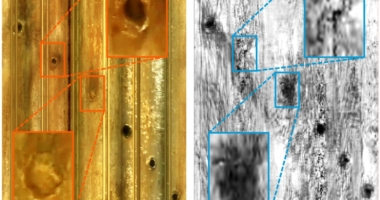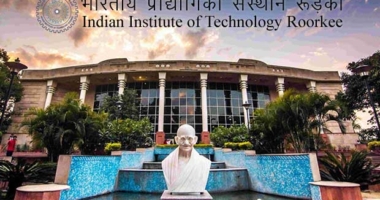The ‘Bharat 6G Vision’ document launched by Indian Prime Minister Narendra Modi recommends a review of spectrum bands in the lower, mid, and mmWave ranges to maximize spectrum for socioeconomic benefits. The document suggests opening up a few bands, including 450-470 MHz, 526-612 MHz, 31-31.3 GHz, etc. Additionally, it recommends expanding and positioning a larger mid-band to meet the requirements of 5G+ and 6G technologies.
To make the spectrum available across bands for various use cases, the document recommends assigning spectrum to private captive networks, including coexistence bands. The document encourages terahertz (THz) research and suggests that industry and academia-driven testbeds be set up to bring focus on 5G+ and 6G driven active antenna systems and Intelligent Reflector Surfaces (IRS) using mmWave and THz bands.
Alongside the launch of the vision document, Prime Minister Modi also launched a 6G testbed, which will power the new Digital India. The 2030 roadmap aims to provide 100Mbps to every citizen, large coverage of 5G and beginning of 6G, 500Gbps of bandwidth to every gram panchayat, connecting 90% of households with high-speed broadband, 50 million public Wi-Fi hotspots, 25 billion IoT devices smart enterprises & factories, as well as the use of unmanned aerial vehicles (UAVs) in delivery services, logistics, disaster management, amongst others.
Bharat 6G Vision Document Recommends Spectrum Expansion and THz Research
The recently launched ‘Bharat 6G Vision’ document by Indian Prime Minister Narendra Modi has recommended a review of spectrum bands in the lower, mid, and mmWave ranges, with actions to maximize spectrum for socioeconomic benefits. To generate demand, the document suggests opening up a few bands, including 450-470 MHz, 526-612 MHz, 31-31.3 GHz, etc.
To meet the requirements of 5G+ and 6G technologies, the document recommends expanding and positioning a larger mid-band, which would require initiating a new inter-ministerial process of repurposing several bands as has been done previously. The enterprise use of 5G, 5G+, and 6G services is expected to be mainstream, and the spectrum vision needs to be expanded to make it available across bands for various use cases.
The document also recommends assigning spectrum to private captive networks, including coexistence bands, as the need of the hour. It suggests that delicensed or license-exempt bands are crucial as a public good to enable innovation and gigabit public Wi-Fi by exploiting technology innovation, such as Wi-Fi 6E or WiGig, etc. The lower part of the 6GHz band and at least 4.32 GHz in the V band should be delicensed, according to the document.
The ‘Bharat 6G Vision’ document also encourages terahertz (THz) research, considering the large swath of spectrum from 90GHz to 3000GHz. It recommends that industry and academia-driven testbeds be set up to bring focus on 5G+ and 6G driven active antenna systems and Intelligent Reflector Surfaces (IRS) using mmWave and THz bands. The document notes that a few countries, such as the USA and the UK, have made some of the THz bands’ licenses exempt for some periods for both commercial deployment and R&D.
Bharat 6G Vision Document Recommends Strengthening WPC and Launches 6G Testbed
The ‘Bharat 6G Vision’ document recommends the strengthening of the Wireless Planning Commission (WPC) with state-of-the-art spectrum management software to enable software audit, interference management, and dynamic database systems.
Prime Minister Modi launched the vision document and a 6G testbed, which will power the new Digital India. The 2030 roadmap aims to provide 100Mbps to every citizen, large coverage of 5G and beginning of 6G, 500Gbps of bandwidth to every gram panchayat, connecting 90% of households with high-speed broadband, 50 million public Wi-Fi hotspots, 25 billion Internet of Things (IoT) devices smart enterprises & factories, as well as the use of unmanned aerial vehicles (UAVs) in delivery services, logistics, disaster management, amongst others.
Don’t miss interesting posts on Famousbio










